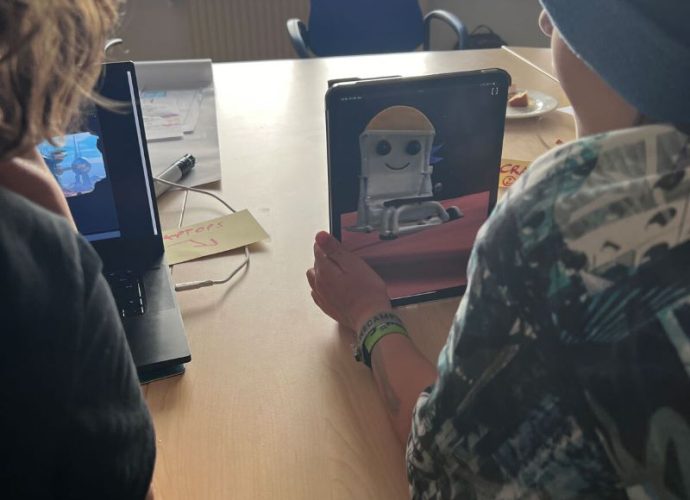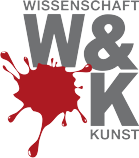Making the invisible visible. How art opens up new paths in science communication
Numbers, data, facts – that is the language of science. But “people are poor intuitive statisticians”, as the Nobel Prize-winning economist and psychologist Michael Kahnemann noted.[1] Scientific publications and long data tables are also not part of everyday life for many people. This makes it all the more important to provide access to research and insights into scientific processes through low-threshold offers.
Art meets science
Art opens up new possibilities here. Current research has shown, for example, that artistic formats help to better understand abstract data in order to establish an emotional connection to facts about climate change, for example.[2] This makes an often ideologically controversial topic more tangible and makes it easier to relate research findings to the reality of one’s own life.
A Malawian-Scottish cooperation project uses theater to convey knowledge about the pathogens that cause sleeping sickness in peripheral regions.[3] The low-threshold format in public places allowed participants to engage directly with the artists and researchers, describe their own experiences and have their questions about the disease answered competently.
There are also numerous examples in artistic citizen science projects of how art opens up new perspectives for science communication and collaboration between science and society. The potential for cooperation between science communication and art is therefore huge.
Can art be a door opener?
But how can artistically presented science appeal to the general public when both fields have a reputation for being non-inclusive and difficult to access? How can those target groups in particular benefit that have not been reached, or have only been reached to a limited extent, with science communication to date? What examples of best practice already exist and what innovative formats are currently being developed? These and other questions will be discussed at the joint event organized by the OeAD’s Public Science and Cultural Communication departments.
The event “Making the invisible visible. How art opens up new paths in science communication” will take place online on June 6, 2024, 14:00-16:00.
Podium
Nora Dirisamer (Johannes Kepler Universität Linz, Sparkling-Science-Projekt Zirkus des Wissens)
Helmut Jungwirth (Universität Graz und Science Busters)
Victoria Primus (Tänzerin, “BIG BANG! Wir sind alle Sternenstaub”)
Sonja Prlić (Mozarteum Salzburg und goldextra)
More information: https://zentrumfuercitizenscience.at/de/veranstaltungen/detail/2024/06/06/das-unsichtbare-sichtbar-machen
—————————————————————————————
[1] Kahnemann, M. (2012): Schnelles Denken, langsames Denken. Siedler.
[2] „Wie kann man Klimadaten besser vermitteln? Mit Kunst!“. MDR. Beitrag vom 11. Juli 2023.
[3] „A man dressed as a tsetse fly came to a soccer game. And he definitely had a goal“. NPR. Beitrag vom 30 Juli 2023.

06.06.2024
OeAD panel discussion on Citizen Science and Art with Sonja Prlić on 6.6.2024, 14:00-16:00, online





